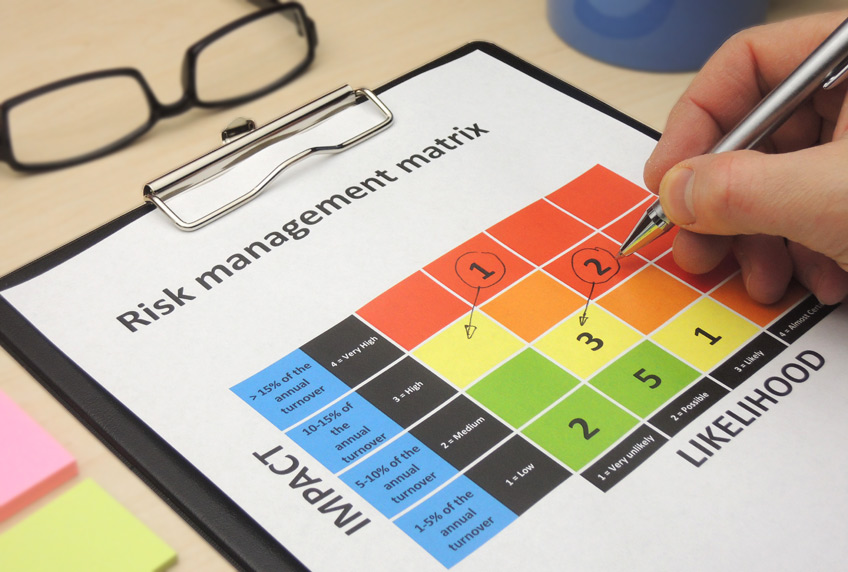Managing risk is an essential part of being a project manager. That means you have to understand how to perform a risk analysis. This method proactively forecasts negative events/risks that could affect the project, or parts of it. Analysing risks means to identify and minimize them. That includes minimizing both the impact of risks and the likelihood of them happening at all.
What is risk analysis?
In project management, a risk is an event or situation with the potential to impact on the project’s success. These are a few examples:
- External risks, which relate to customers, suppliers, stakeholders, contractors, and so on
- Internal risks, which relate to team members, senior management, and other internal people, issues, or situations
- Project-related risks, which may concern technology or logistical problems, for example
- Event-related risks, which are those influences that are hard to predict and even harder to control, such as economic crises and political issues
Reacting to these events can mean decisions are made off-the-cuff, producing risks and issues of their own. Risk analysis in project management is a means of forecasting these situations. Doing so lets you put a plan in place to deal with risks, should they arise.
What does a risk analysis look like?
Using a risk analysis matrix, the likelihood of these risks happening and their impact are measured separately.
The risk matrix measures each of these elements of a 1 to 5 scale:
- The probability of a risk: 1 means there’s zero chance of the risk occurring and 5 means the risk is a certainty.
- The level of impact: 1 means the risk has almost no consequences and 5 means it has a high chance of causing a late delivery or financial impact.
From this matrix, a project manager will be able to determine if the risk is high, medium, or low level.
Remember that this is not a tool for one-off use. It is an approach to project management that’s to be used regularly throughout the project’s lifecycle.
The importance of risk analysis
The importance of a detailed risk analysis cannot be underestimated. It is also a skill that project managers are expected to have developed as part of their practice and learning. That’s why PMI included an entire Project Risk Management knowledge area in the PMBOK® Guide.


